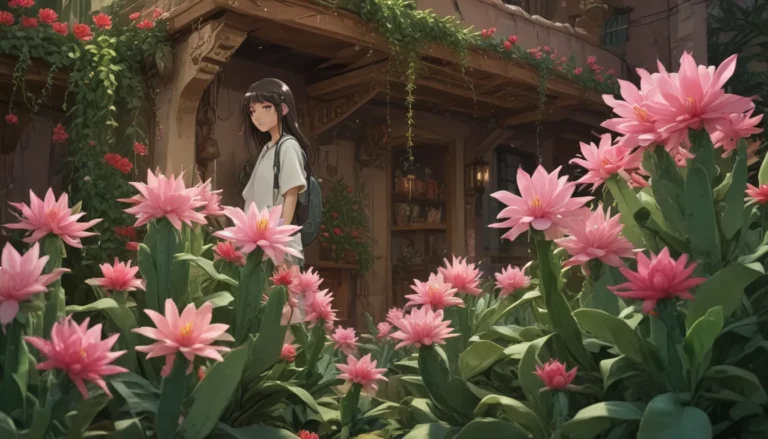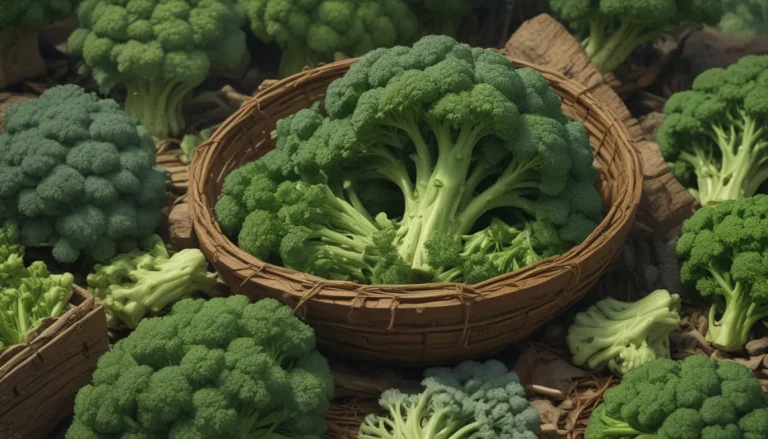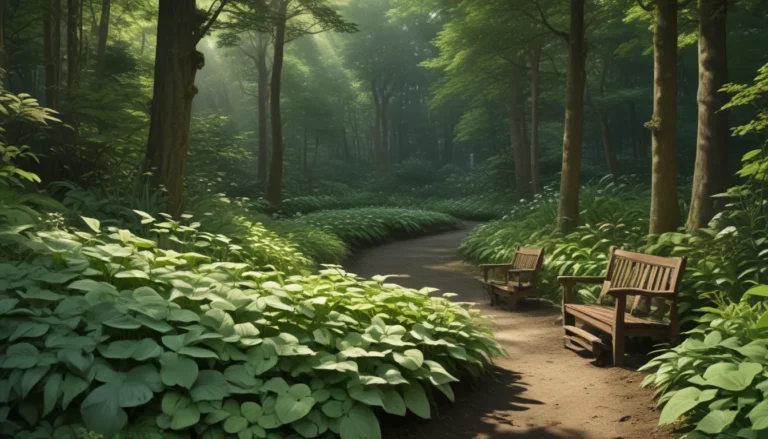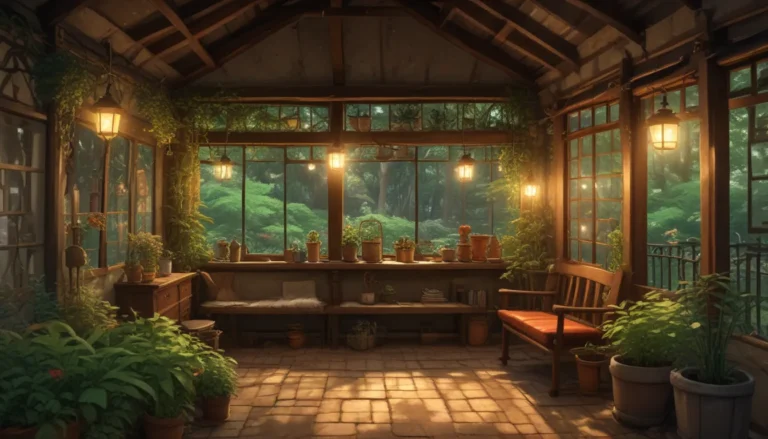A Complete Guide to Planting and Growing Ghost Peppers
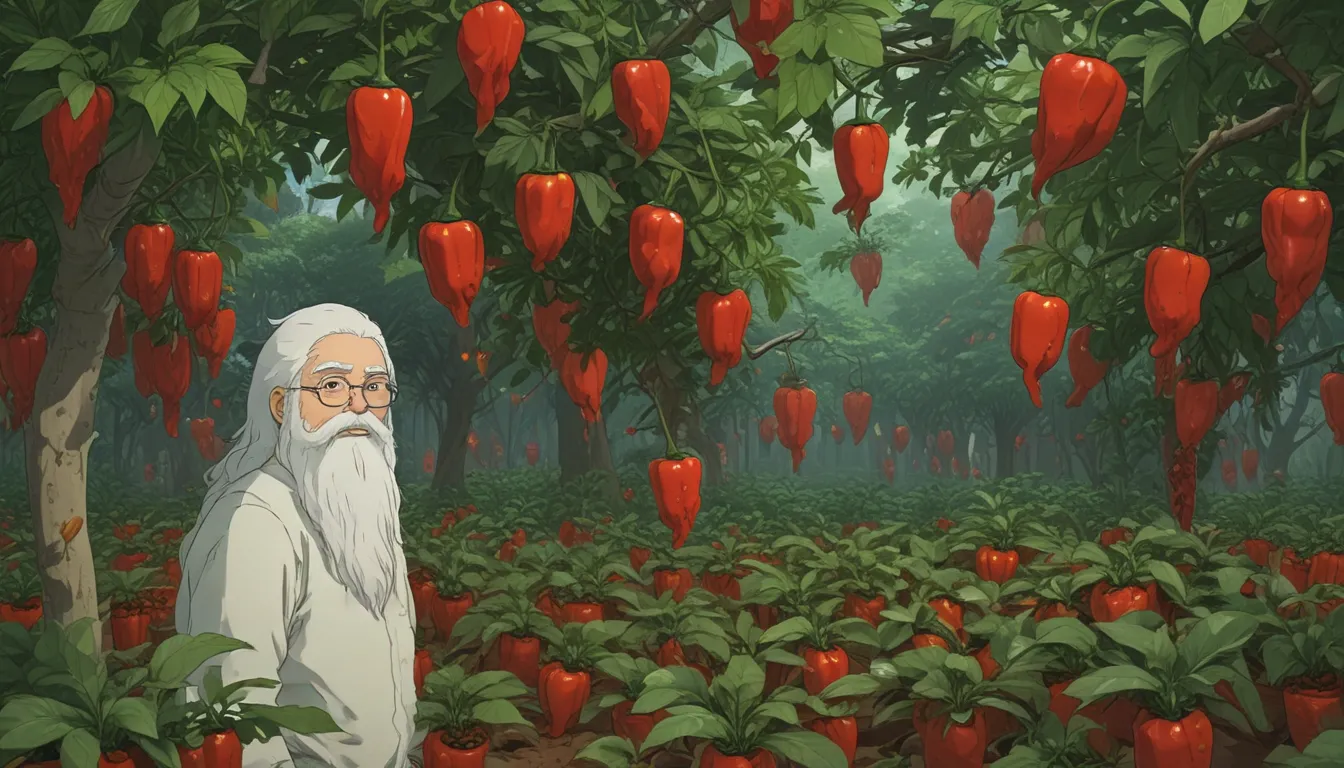
Unveiling the Spicy World of Ghost Peppers
The ghost pepper, also known as bhut jolokia, is a fiery member of the nightshade family and was once heralded as the world’s hottest pepper. Though it has been surpassed by the Carolina Reaper in recent years, the ghost pepper still packs a punch with its Scoville heat units measuring over 1 million.
In comparison, the jalapeno, a popular pepper, ranges from 2,500 to 8,000 SHU. So why would anyone venture into growing ghost peppers? The answer is simple – they are delicious, but in very small quantities.
Delving into the World of Ghost Peppers
Characteristics
- The ghost pepper belongs to the Capsicum genus and is known for its intense heat.
- Initially thought to be a hybrid, it was eventually classified as a distinct species, C. assamicum, based on morphological studies.
- It thrives in USDA Hardiness Zones 8-11 and produces red, slightly wrinkled peppers that are two to three inches long.
Unique Qualities
- Known for its heat, ghost peppers also offer an almost sweet and smoky aftertaste.
- In some regions, they are used as elephant deterrents, showcasing their potency even in the animal kingdom.
- These peppers require a long growing season of up to 150 days.
Planting Tips for Ghost Peppers
When to Plant
- Start seeds indoors 8-10 weeks before the average last frost date in your area.
- Soak seeds overnight before sowing in trays filled with potting soil.
How to Plant
- Maintain a soil temperature of 80-90°F for germination.
- After germination, move seedlings to a sunny spot under grow lights.
- Transplant seedlings outdoors once they reach four to six inches in height.
Growing Conditions
- Ghost peppers thrive in full sun and well-drained, fertile soil with a pH of 6.0-6.8.
- Space plants 24-36 inches apart and water regularly, ensuring moist soil but not waterlogged.
- Fertilize with a 5-10-10 (NPK) fertilizer and provide support for the plants as they grow.
Caring for Your Ghost Pepper Plants
Pests and Diseases
- Pest management may include aphids, spider mites, and thrips, which can be controlled with neem oil.
- Diseases like leaf spot and powdery mildew can also be treated with neem oil or fungicides.
- Ghost peppers are sensitive to temperature changes, so ensure stable growing conditions.
Harvesting and Preservation
- Harvest ripe peppers by cutting them off the plant.
- Wear gloves when handling ghost peppers to avoid skin contact.
- Peppers can be frozen or dried for long-term storage.
Incorporating Ghost Peppers into Your Cooking
Usage Tips
- Ghost peppers can add intense heat to various recipes.
- Handle them with caution, wear gloves, and avoid contact with sensitive areas.
- Experiment with adding ghost peppers to chili, salsa, or hot sauce recipes.
Recipe Inspiration
- Start with small quantities and gradually increase heat levels in your dishes.
- Ghost peppers can be infused into oils, made into hot sauce, or added to salsa for a spicy kick.
- Label your creations properly to avoid mishaps.
Overall, growing ghost peppers provides a unique challenge for adventurous gardeners. With proper care and attention to detail, you can enjoy a bountiful harvest of these fiery beauties.
Embrace the Heat of Ghost Peppers
Ghost peppers offer a tantalizing mix of heat and flavor, but they demand respect and caution when handling. Have you ventured into growing ghost peppers, or are you intrigued to give them a try? Share your experiences and favorite recipes in the comments below.
For more pepper-growing adventures, explore our guides on ornamental peppers, serrano peppers, and poblano peppers. Start your pepper-growing journey today!
By incorporating detailed growing tips, planting advice, and cooking suggestions, this comprehensive guide aims to equip readers with the knowledge and confidence to cultivate ghost peppers successfully. Get ready to embrace the fiery world of ghost peppers in your garden!

